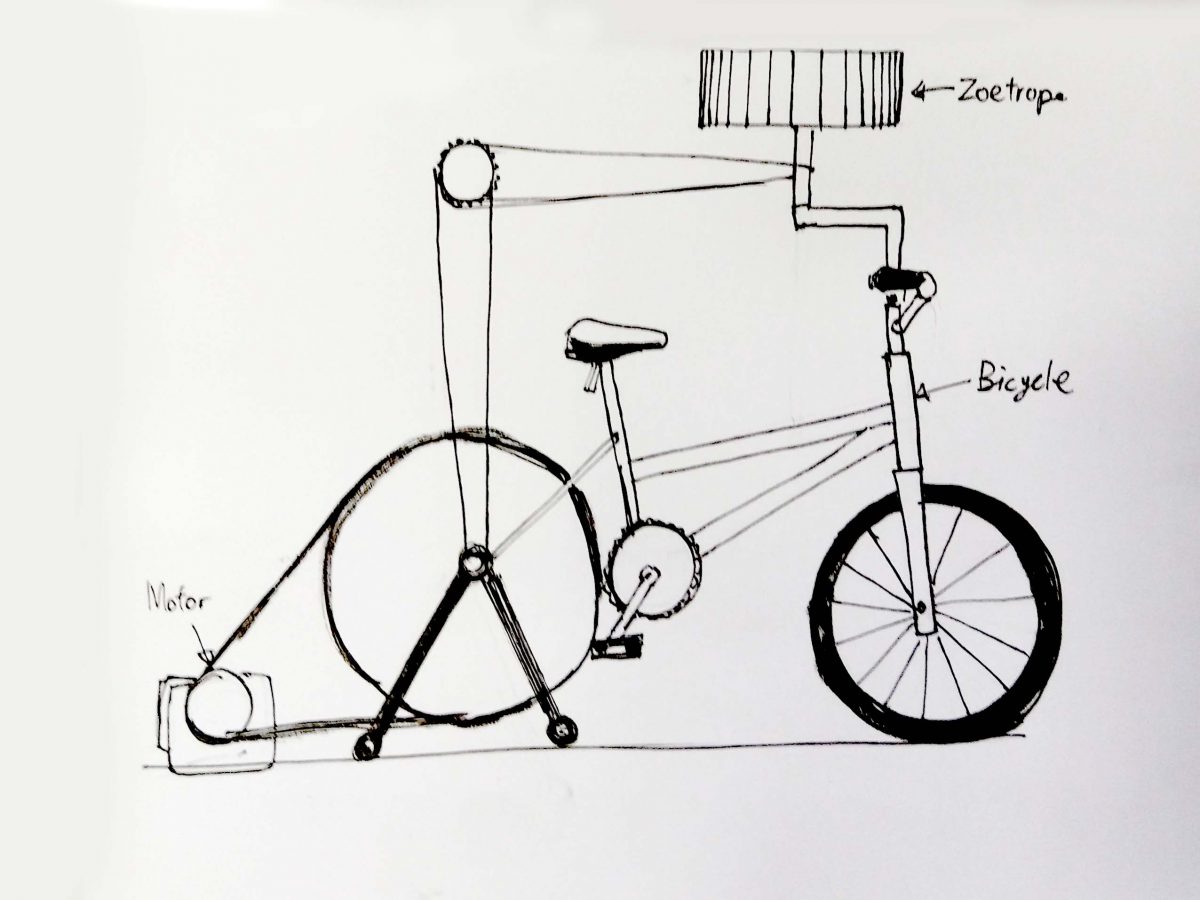The reading has liberated me on multiple aspects of design. The first main takeaway from “Designing for the Digital Age” by Kim Goodwin was that design would always have certain constraints that needed to be abid. Often in the corporate world, our work was not only restricted by time and budget, but also the preferences of our client. It was spot on when the reading mention about this constraint that all designers have to face at some point in their design career.
The second thing to keep in mind when designing was to always think of the lowest denomination, people that have no prior experiences with the product that you were designing should be able to understand and explore the functions/experiences that you have crafted for them. It should be almost effortless and painfully obvious to the user. The fool-proof and simple design have rooted its philosophy in many major companies. For example, Apple.
The readings have mentioned a methodology that contains the 4 steps to design. Principles, Pattern, Process, and Practice. Principles were guidelines or rules that a designer can follow to achieve a better design. Pattern uses a certain design that the users were familiar with and integrate it into the product. The process was the main focus of the book, it concentrates on the planning and the research required to better understand the nature of the problem and design a product that would suit the user’s need.
The reading provided educational and necessary information that would help all designers or non-designers to face problem from the perspective of Goodwin.
As a bonus, I would like to post this lecture as it would better illustrate all the points in the reading.




